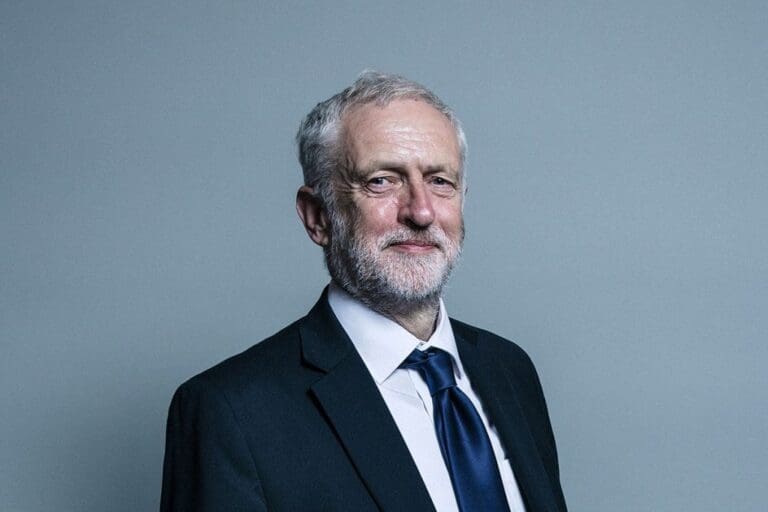As the Brexit process unfolds, the possibility of a Corbyn government has become much more tangible. Last month, John McDonnell, the shadow chancellor, wrote to the Treasury to say that in power he would require them to “widen the range of economic theories and approaches in which its officials and those in the rest of the government are trained”.
In principle, this would be a good thing. Machine learning algorithms, for example, have been shown beyond doubt to be more powerful than the traditional economists’ tool of econometrics for analysing data. Standard economic theory is not as good as cultural evolution theory at understanding how search engines, reputation systems, and social media affect the decisions we make and the news we read.
Somehow, however, one feels that this is not the retraining which McDonnell has in mind.
The fashionable idea among left-wing economists is something called “Modern Monetary Theory” (MMT). In the US, the rising Democrat star Alexandria Ocasio-Cortez appears to be keen on it, believing that it could finance her Green New Deal as well as an immense raft of social programmes and welfare benefits.
A key part of MMT asserts that governments who control their own currency can finance any level of spending simply by printing more money. Countries in the Eurozone, for example, cannot do this, because the European Central Bank controls how much money can be created – but the UK can.
A sharp increase in public largesse almost always creates an increase in the public sector deficit, which is the difference between spending and the income that the government gets from taxes.
The conventional way of financing the deficit is by issuing bonds. This both creates a stream of interest payments to the lenders, and at some point – depending on the date of maturity – have to be repaid.
MMT asserts that printing money instead removes these constraints. Money created by the government never needs to be repaid. For example, £10 notes carry the phrase “I promise to pay the bearer on demand the sum of 10 pounds”. If you take it to the cashier’s desk in the Bank of England, they will do just that – they will give you another £10 note instead.
Also, money carries no interest. In technical terms, we might think of money as a “zero coupon perpetual bond”, although I have never seen MMT theorists refer to it in this way. In one way, MMT is completely true. Countries like the US and the UK can finance government deficits by printing money rather than issuing bonds. Indeed, there are genuine arguments to be had about the appropriate mix of the two.
Where the theory falls down, however, is not recognising the adverse consequences of creating too much money. The economic history of the world is replete with examples of how this just creates inflation, from Roman emperors to the latest example, Venezuela.
MMT ought to be renamed the Magic Money Tree. The Bank of England is running a competition for whose face should be on the £50 note. For MMT theorists, the answer is obvious: old magic grandad himself, Jeremy Corbyn.
Paul Ormerod


